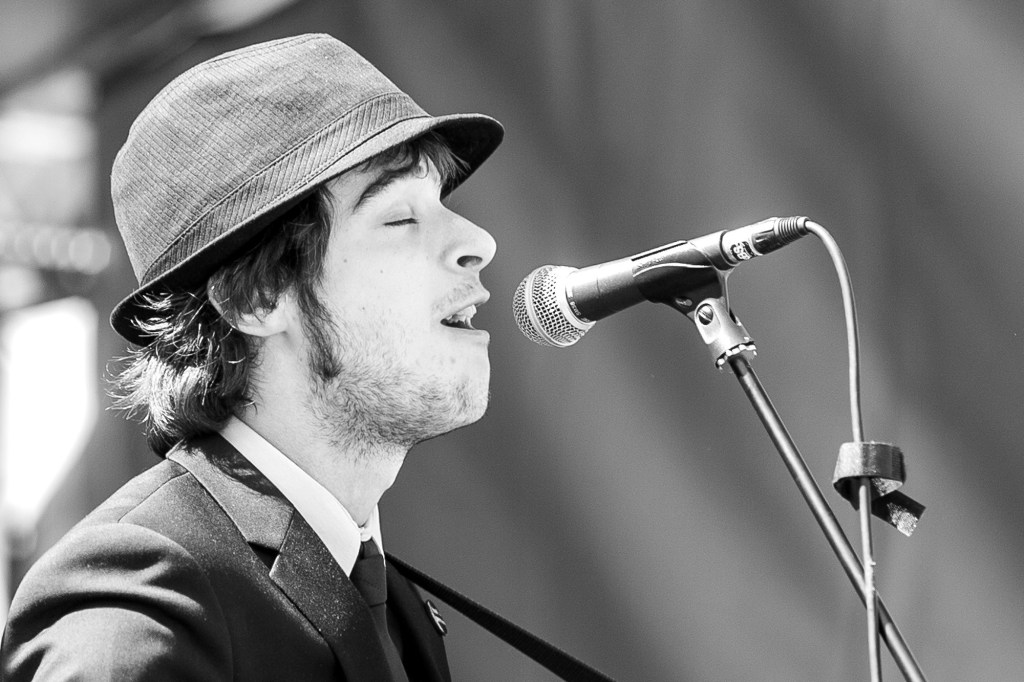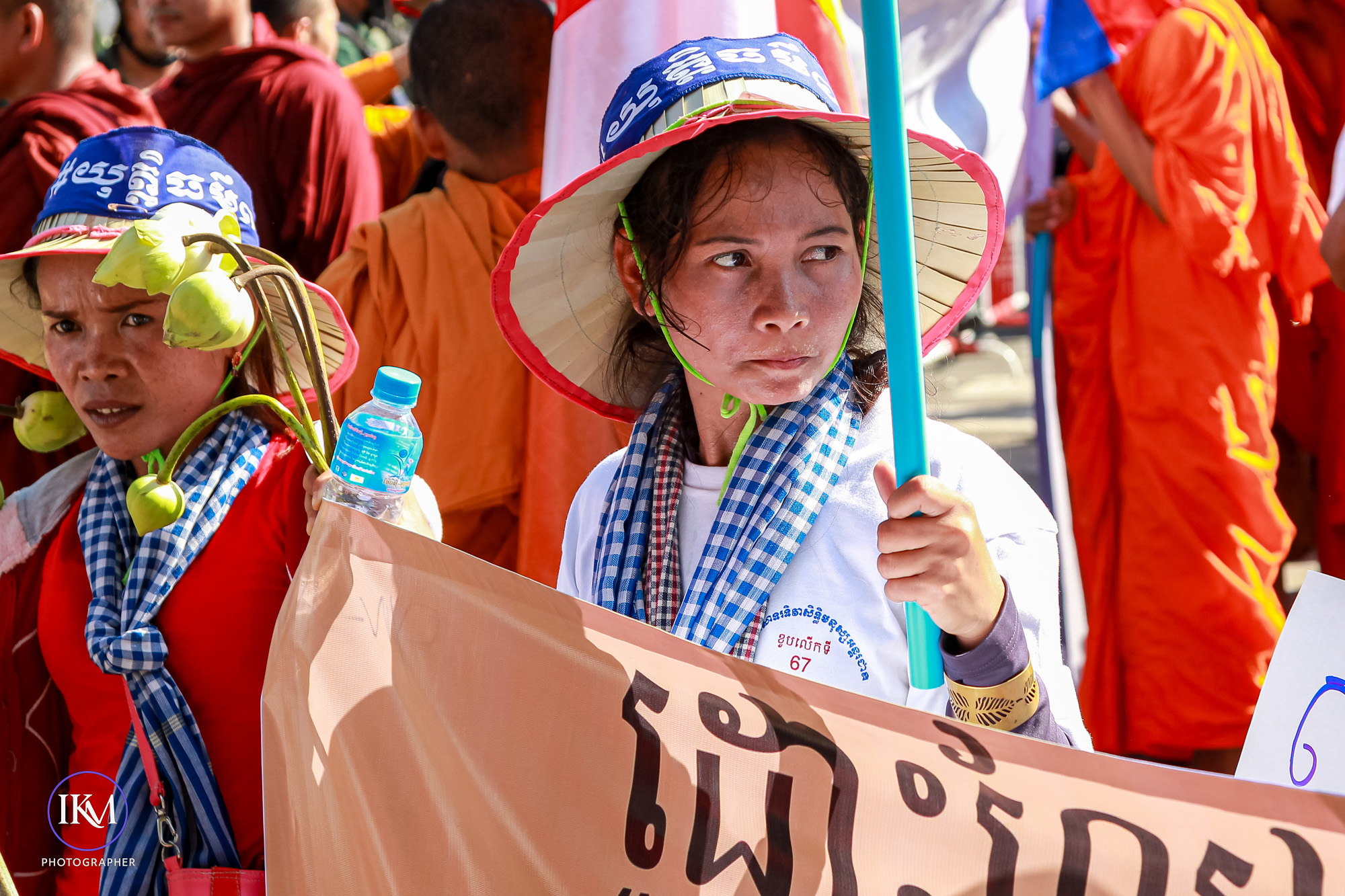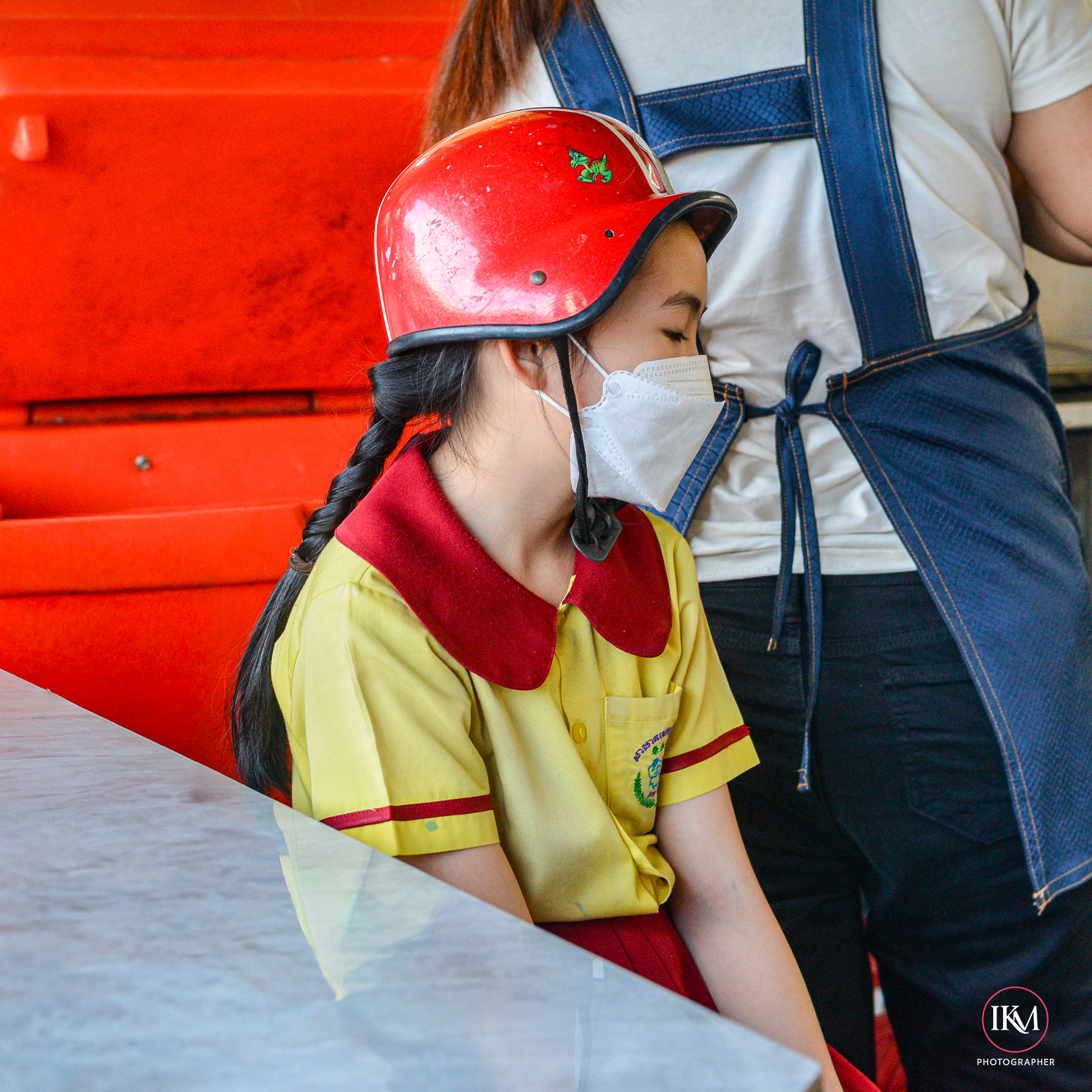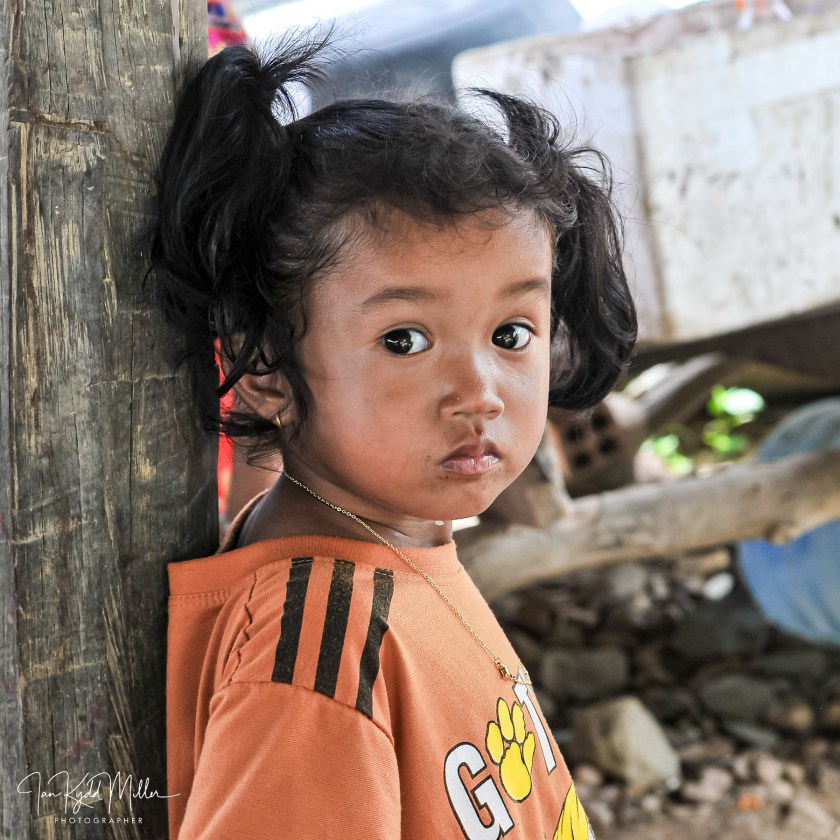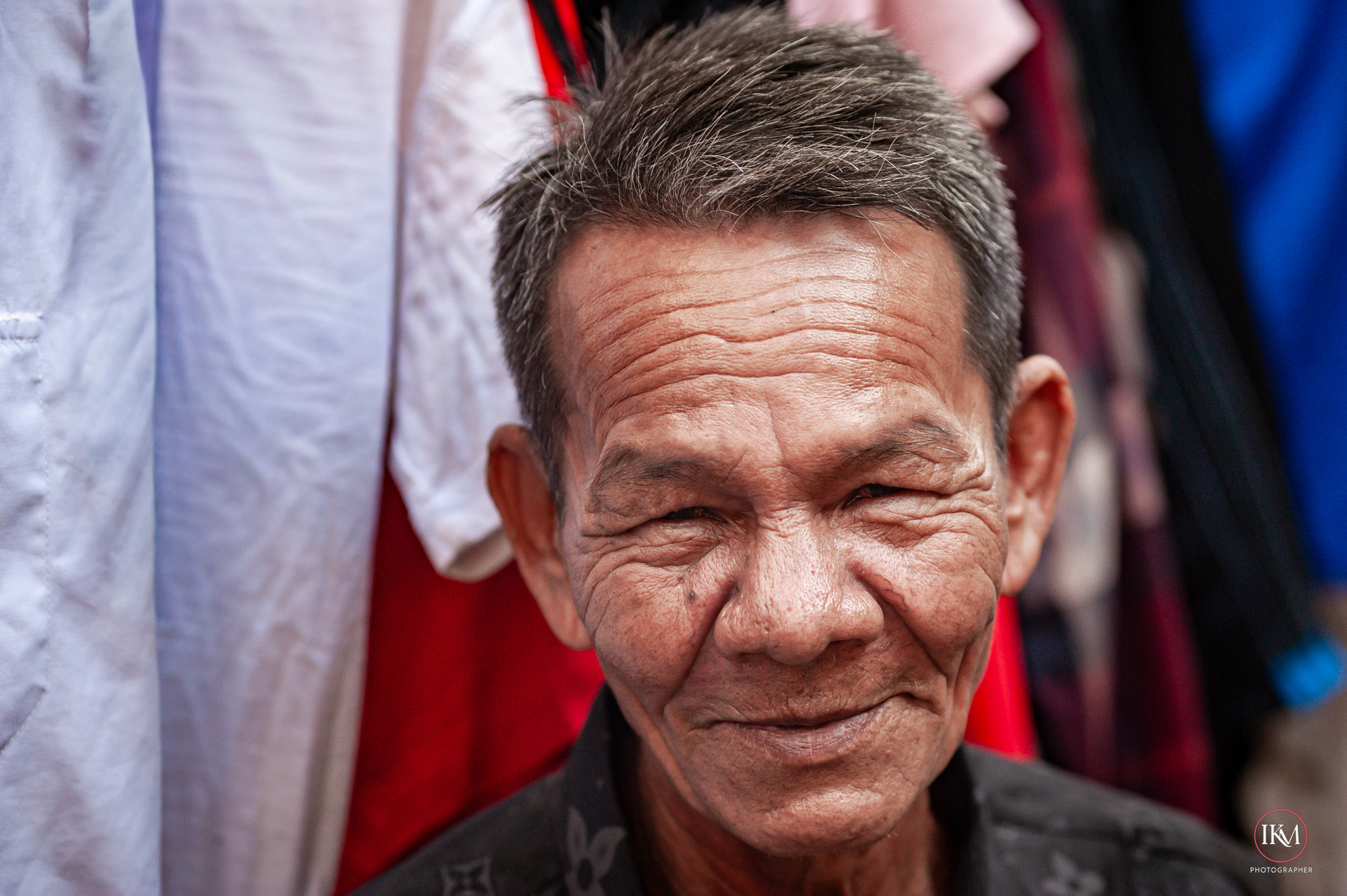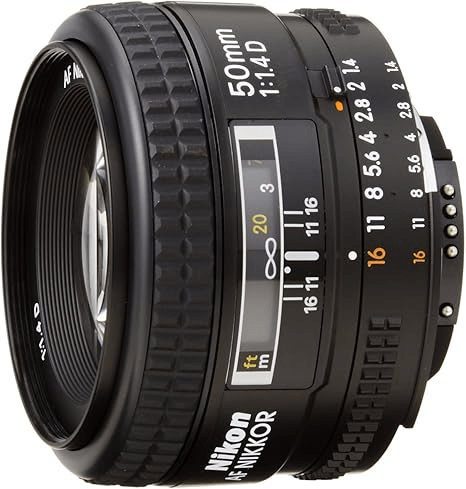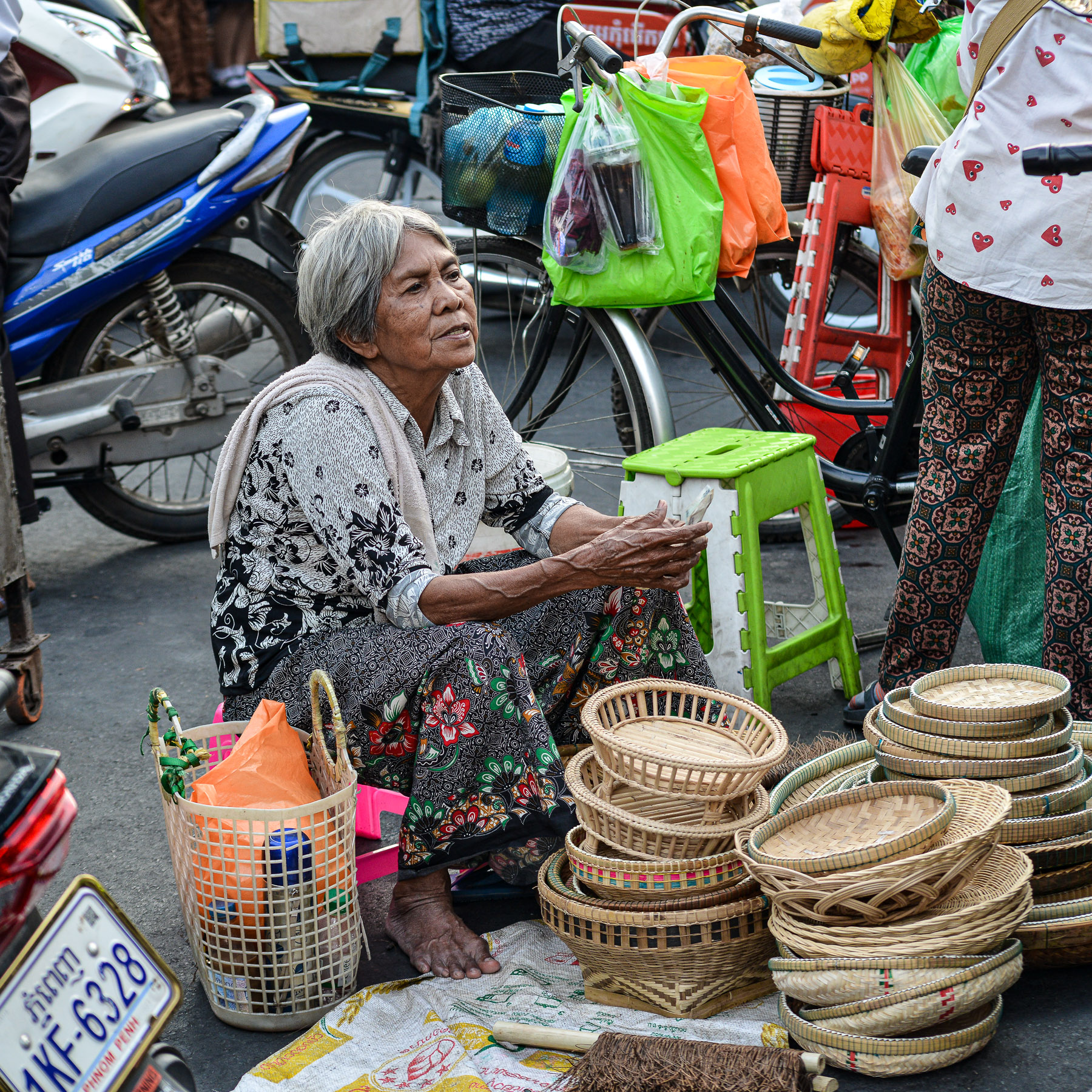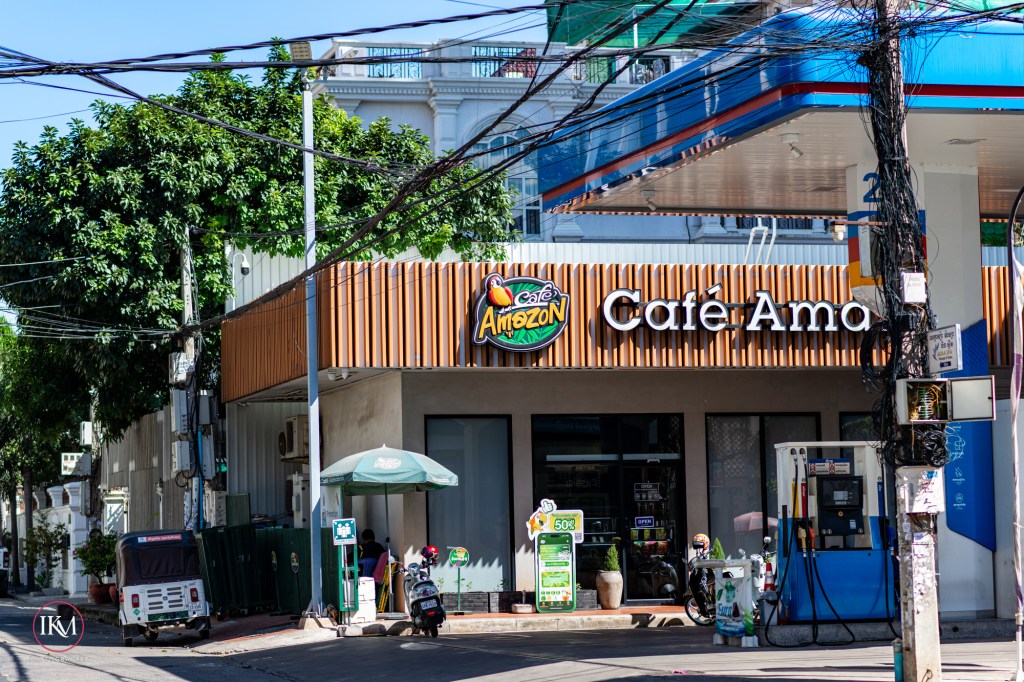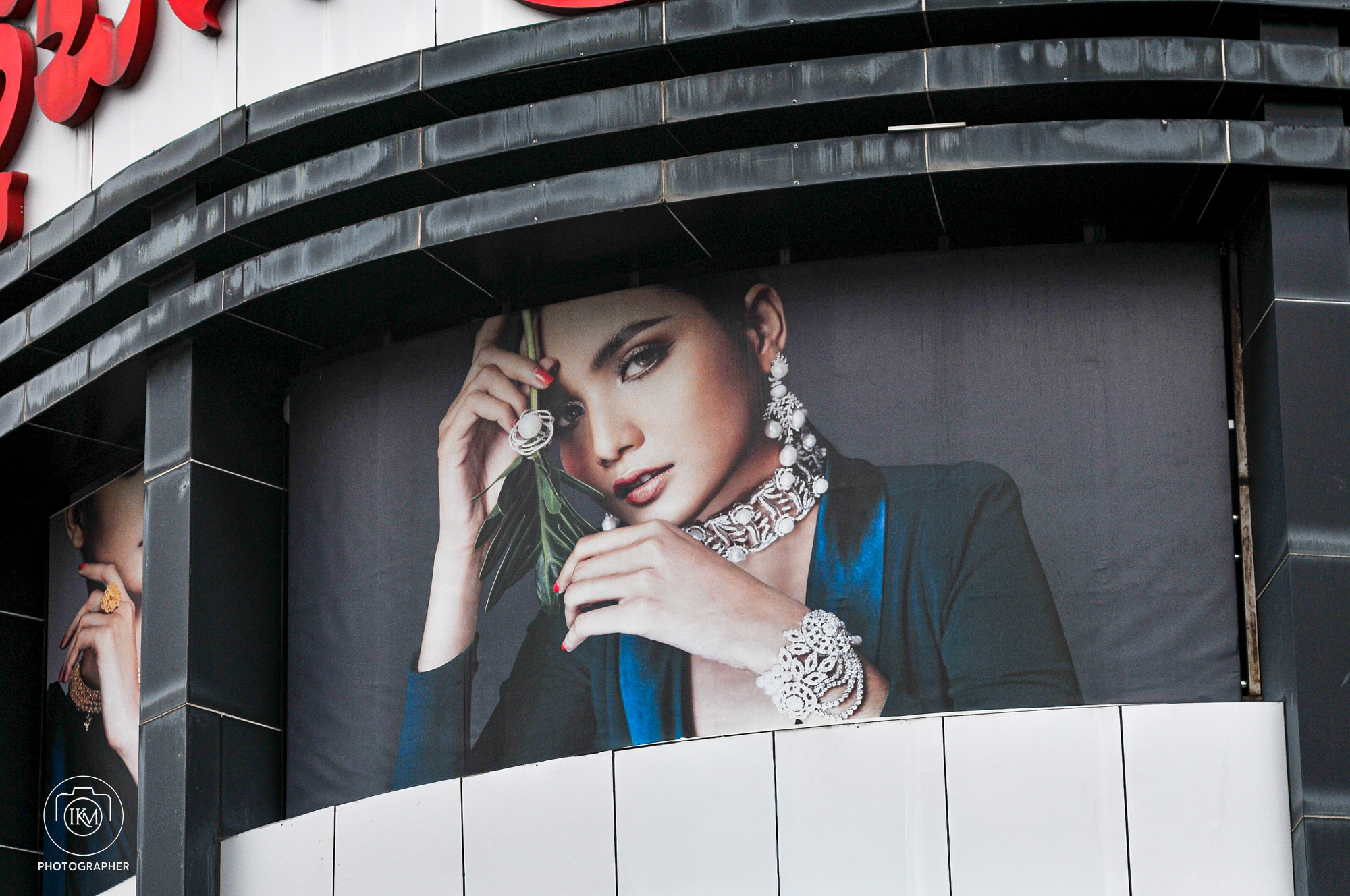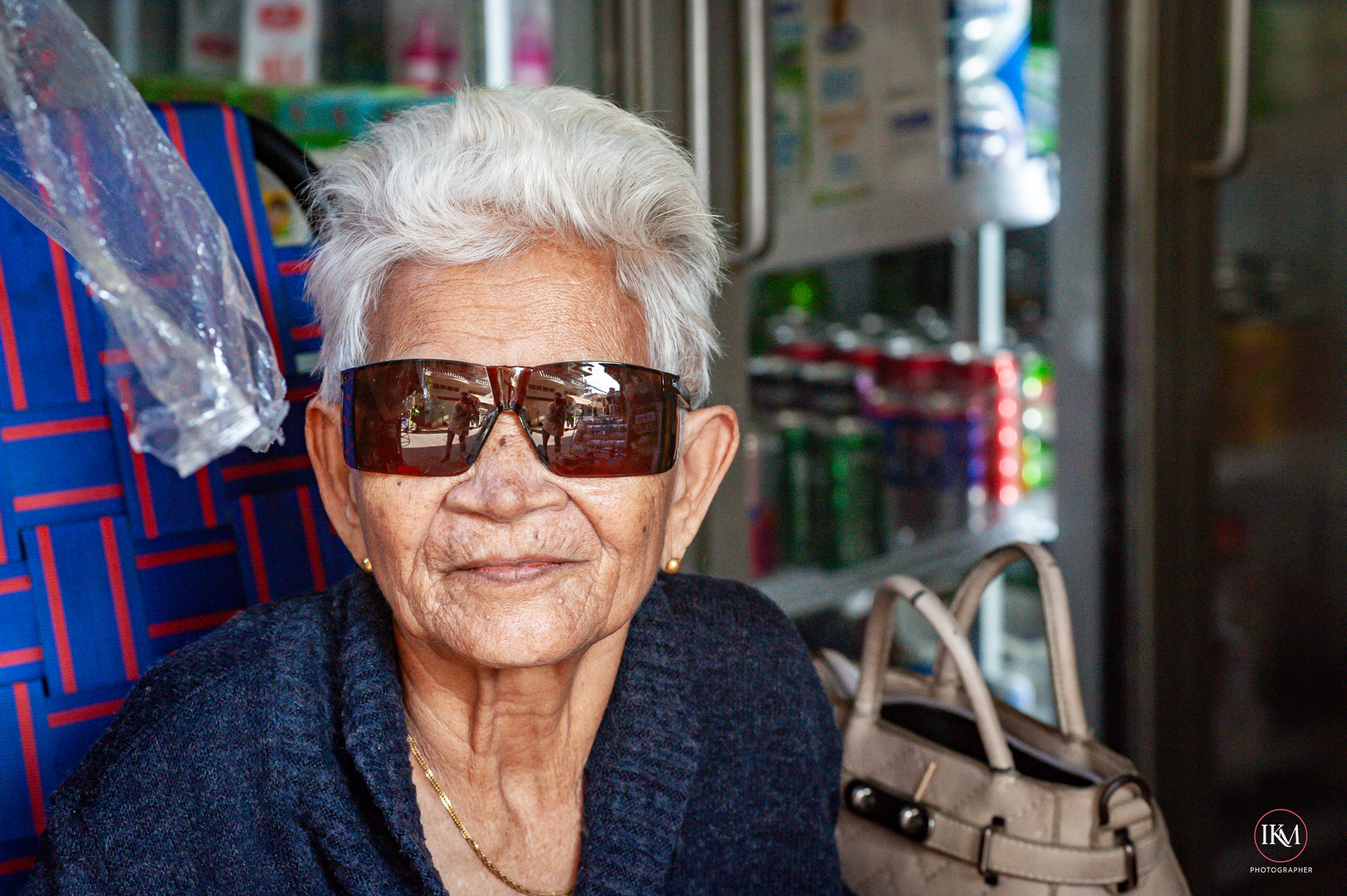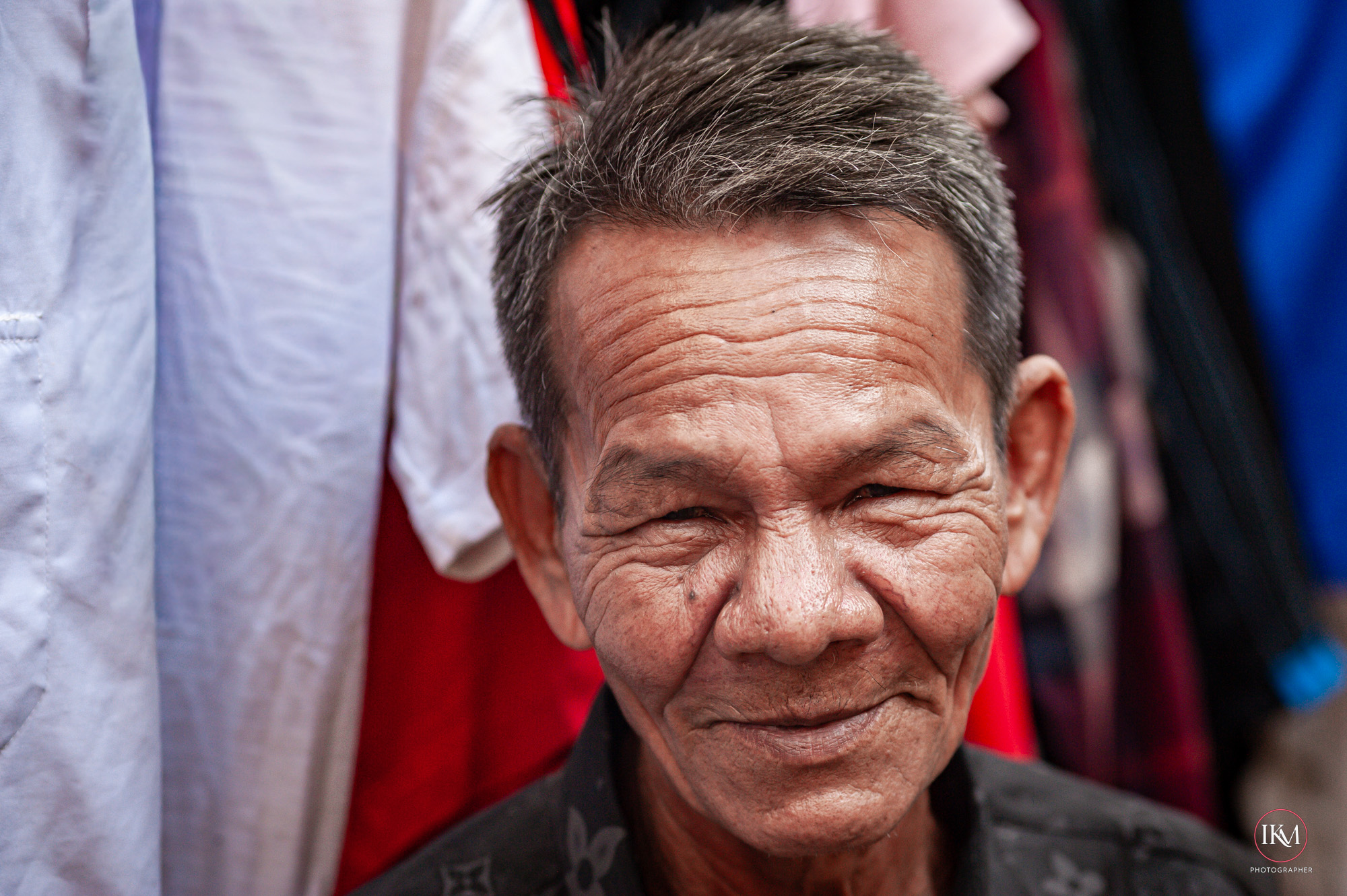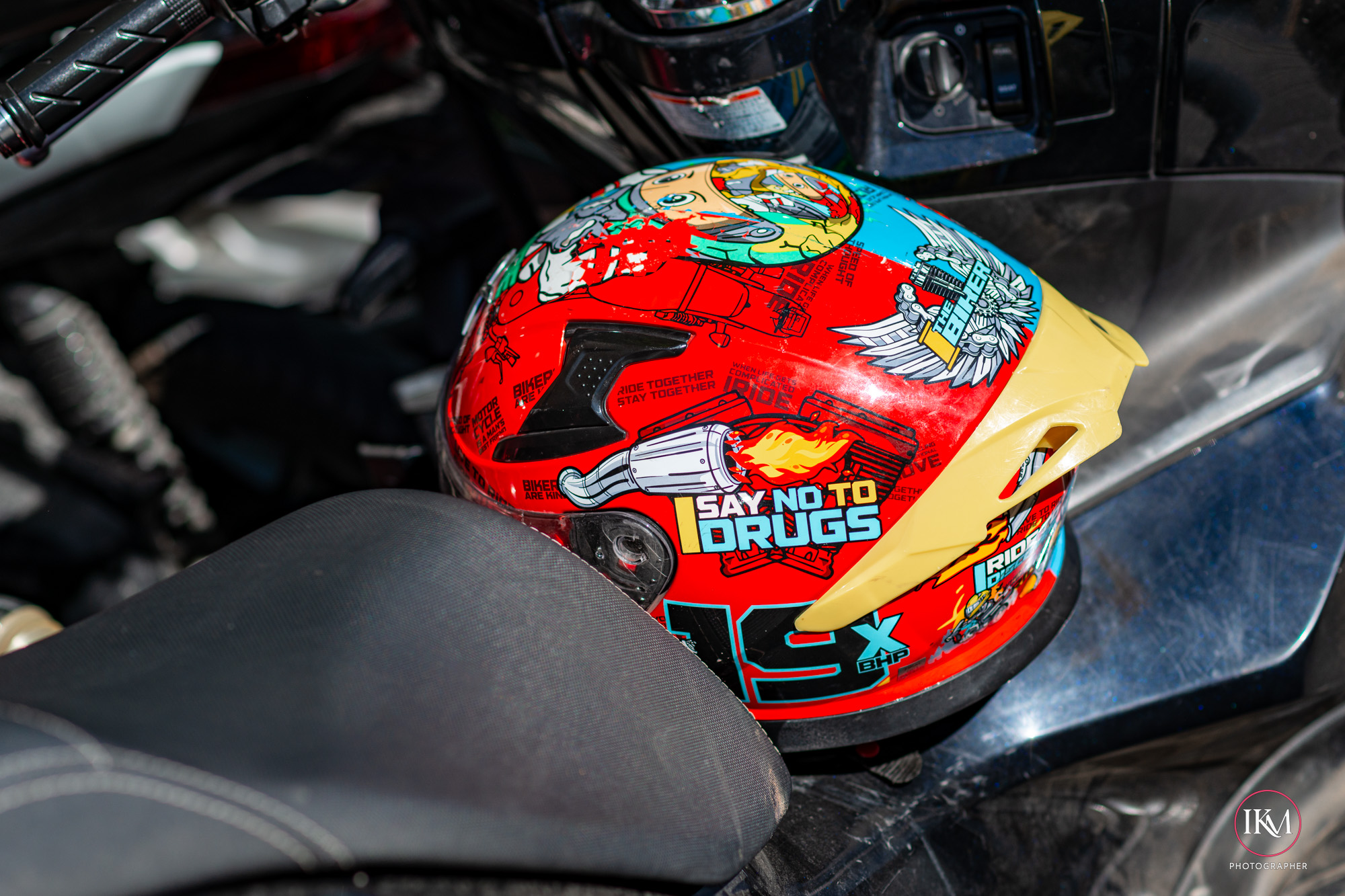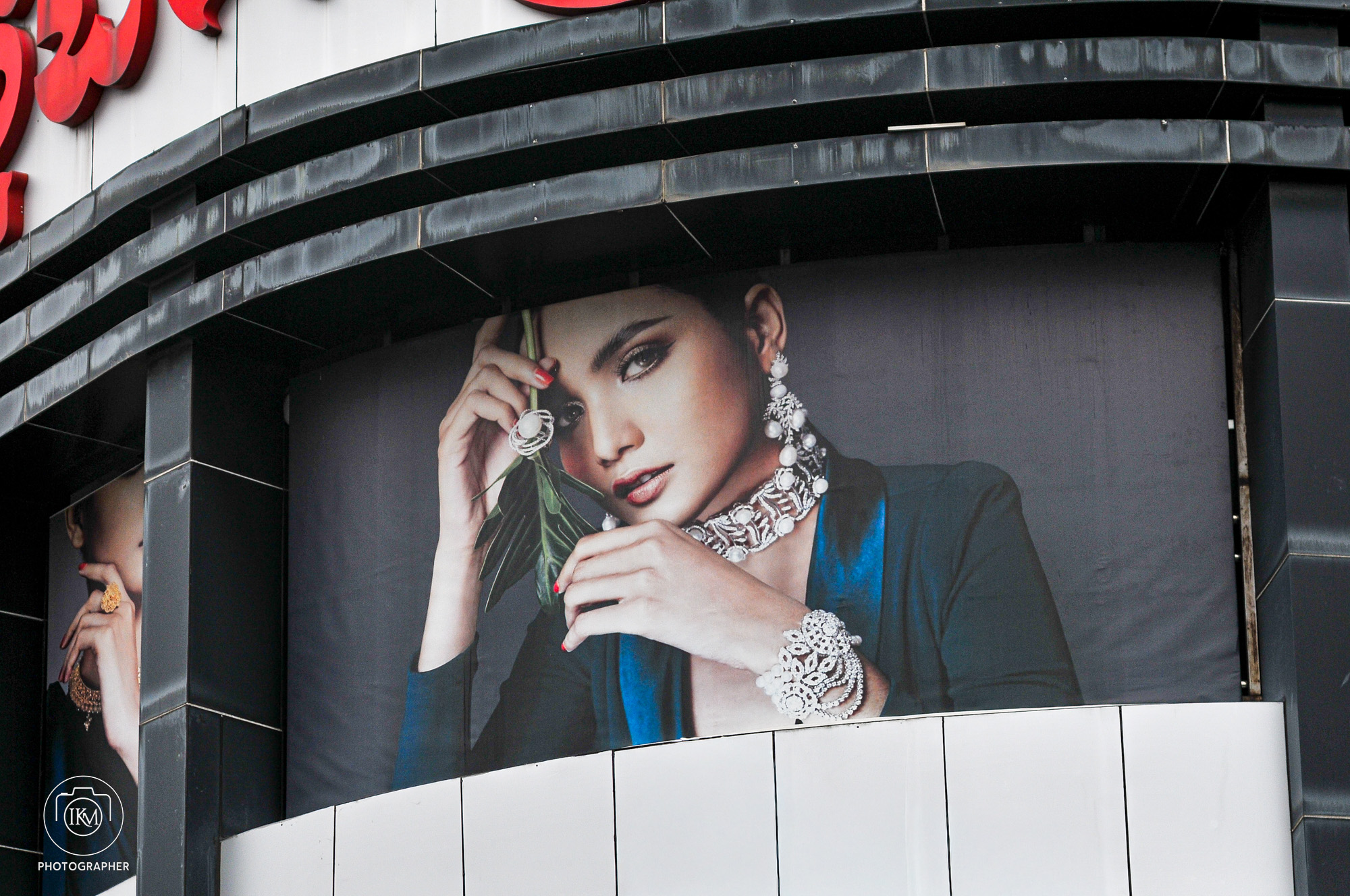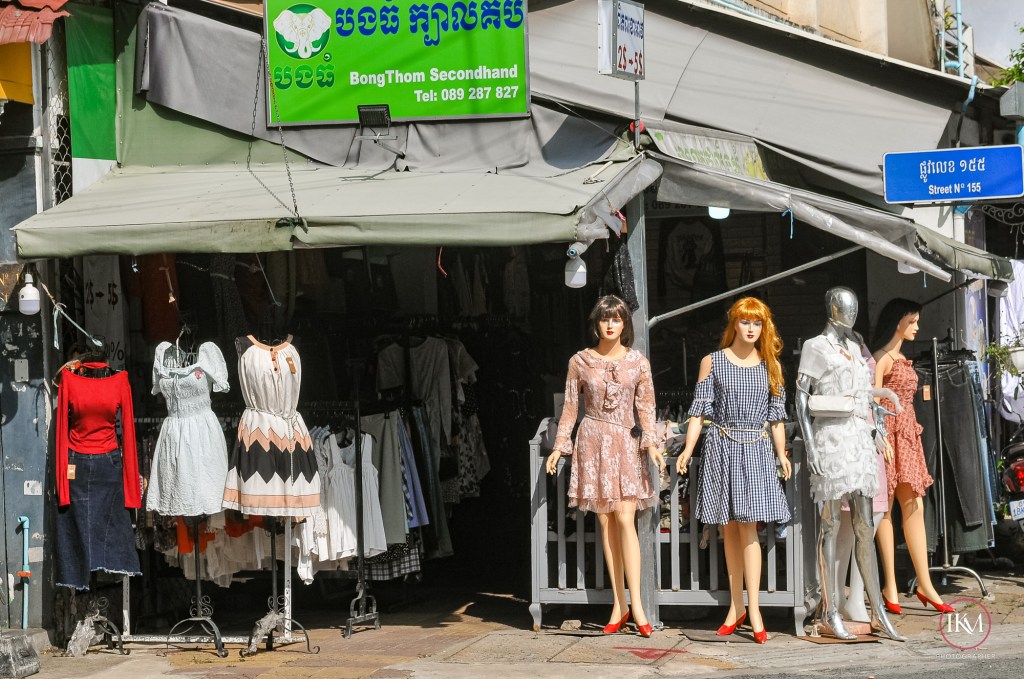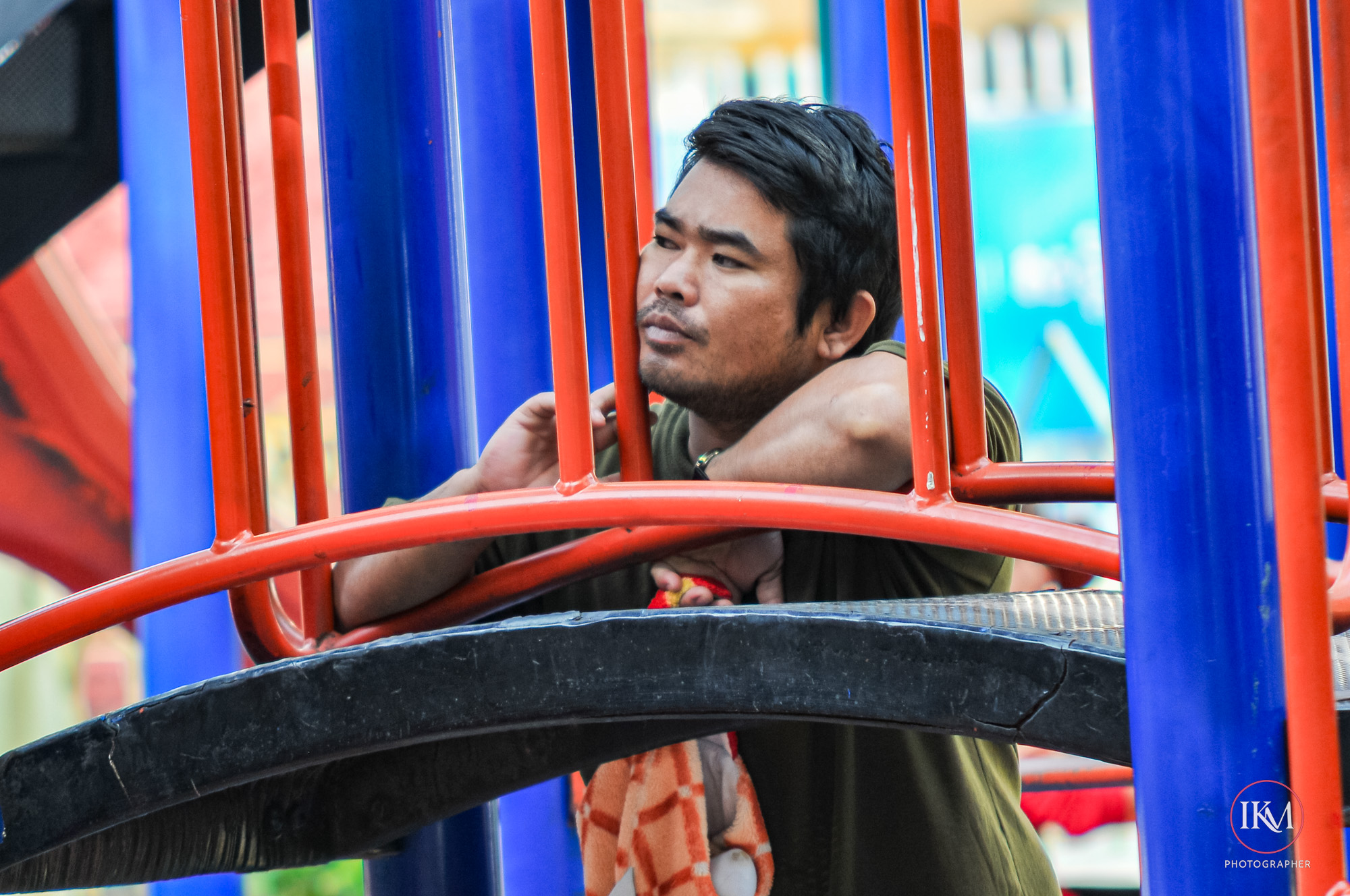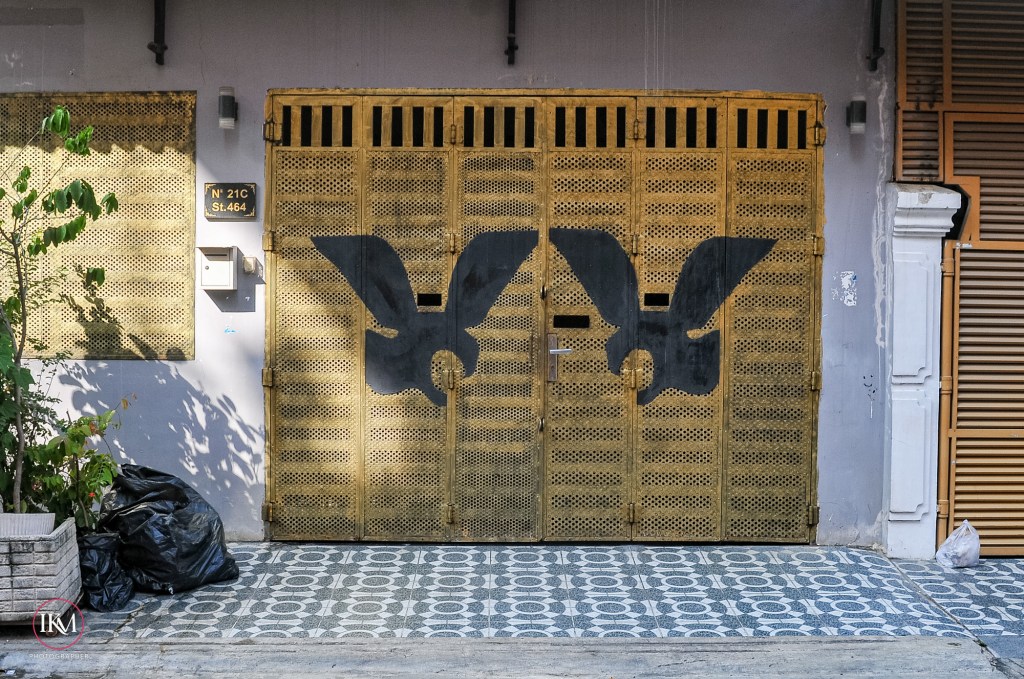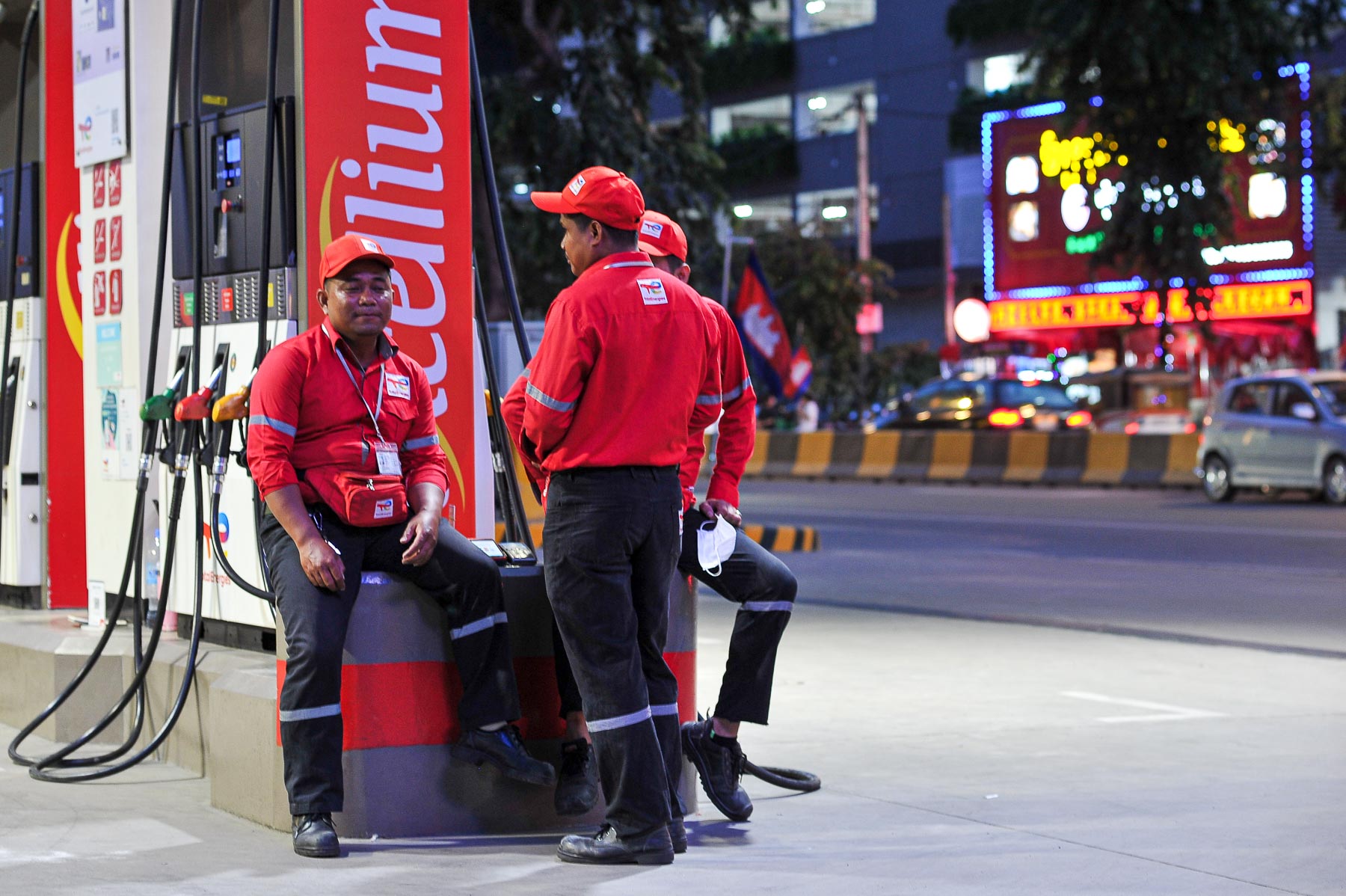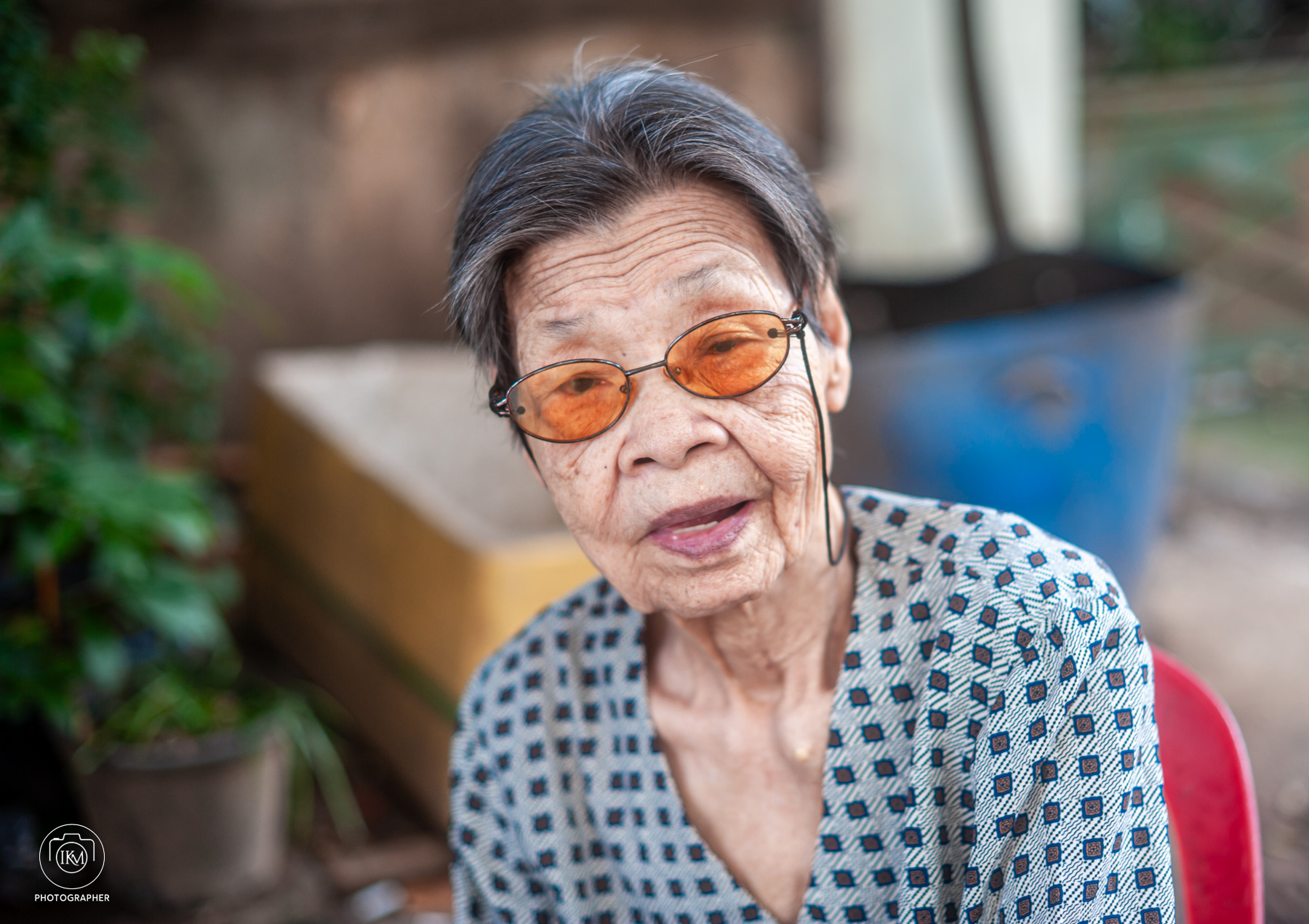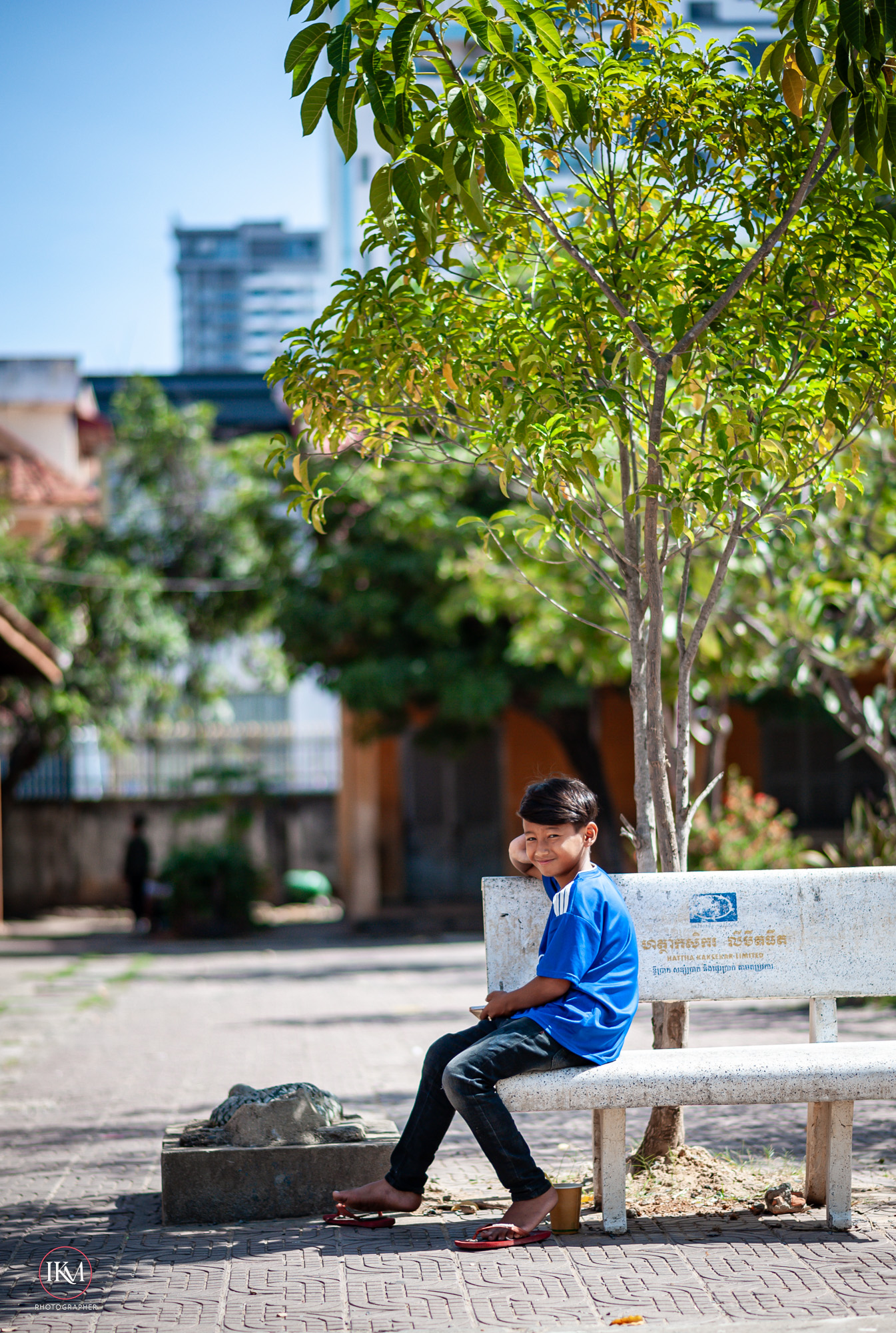🕰️ A Classic Camera with Character
Released in 2008, the Nikon D700 was Nikon’s first “affordable” full‑frame DSLR. With its 12.1MP FX sensor, it might look modest compared to today’s 36MP, 45MP, or even 60MP monsters. Yet, it remains beloved by many photographers for its tonal depth, rugged build, and film‑like rendering.

🎯 The Myth of Megapixels
- Resolution vs. perception: 12MP translates to an image size of roughly 4256 × 2832 pixels. At 300 dpi (standard print resolution), that’s enough for prints up to A3 size (16.5 × 11.7 inches) without visible loss of detail.
- Beyond numbers: Sharpness, dynamic range, and lens quality matter more than raw pixel count. A well‑exposed, well‑composed D700 file will outshine a sloppy 45MP shot.
- Viewing distance: Large prints are rarely examined at nose‑length. At normal viewing distances, 12MP images look crisp and immersive.

📸 Why the D700 Excels
- Full‑frame sensor: Larger pixels mean better light‑gathering ability, resulting in cleaner files and smoother tonal transitions.
- Dynamic range: The D700 captures highlights and shadows with grace, giving prints depth and richness.
- Color rendering: Its files have a distinctive “thickness” — less clinical than modern sensors, often described as film‑like.
- Workflow: Smaller RAW files are faster to process and archive, making it practical for long projects.
⚖️ Lens Quality Matters
Pairing the D700 with high‑quality primes (like the Nikkor 85mm f/1.8G or classic D lenses) ensures that the sensor’s resolution is fully utilized. A sharp lens with good micro‑contrast can make a 12MP file look far more detailed than the megapixel count suggests.

📊 Comparative Snapshot
| Factor | D700 (12MP) | Modern DSLR/Mirrorless (36–45MP) |
|---|---|---|
| Print size | Up to A3 comfortably | Up to A1 or billboard |
| File size | ~12–14MB RAW | 40–60MB RAW |
| Workflow | Fast, efficient | Demands more storage & computing |
| Rendering | Film‑like, atmospheric | Clinical, ultra‑sharp |
| Flexibility | Limited cropping | Extreme cropping possible |
✨ Conclusion
The Nikon D700 proves that megapixels aren’t everything. With its 12MP sensor, it produces images rich in tone, character, and detail — easily printable up to A3. For many photographers, the D700’s files feel more alive than those from modern high‑resolution cameras.

Verdict: A well‑crafted 12MP image can be more powerful than a soulless 45MP file. The D700 reminds us that photography is about vision, not just resolution.



